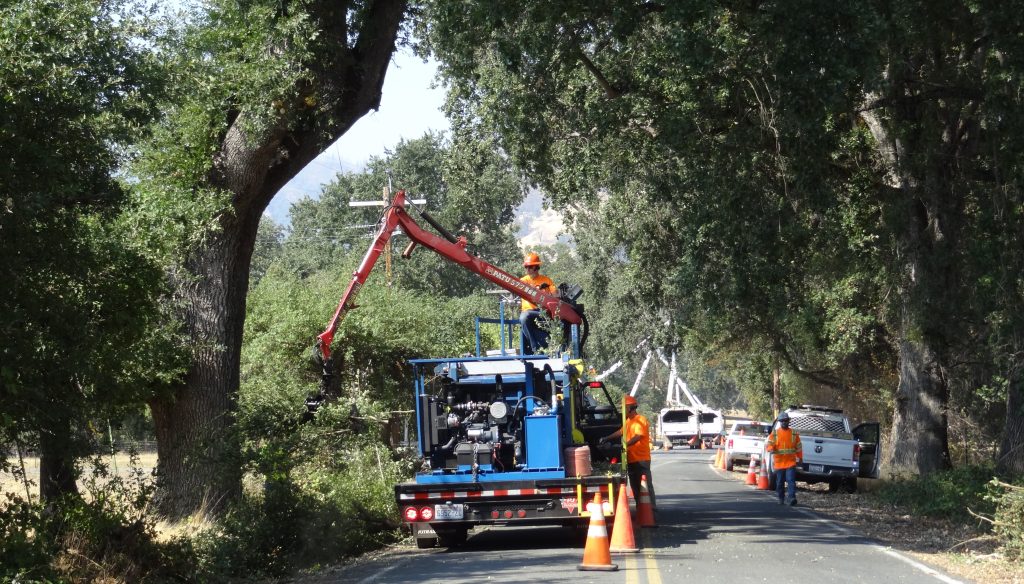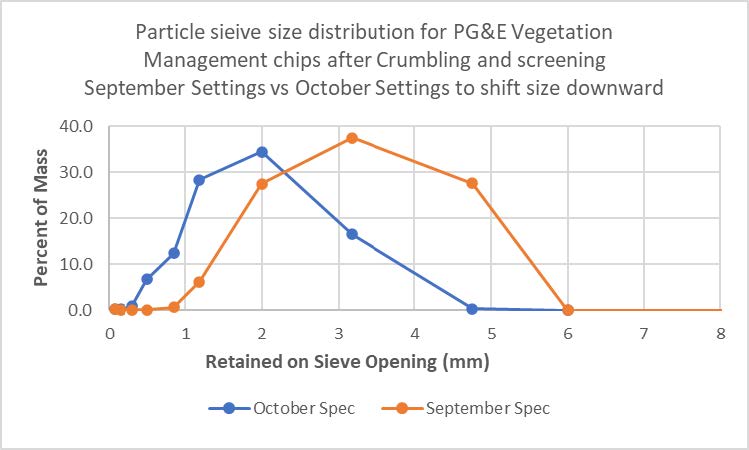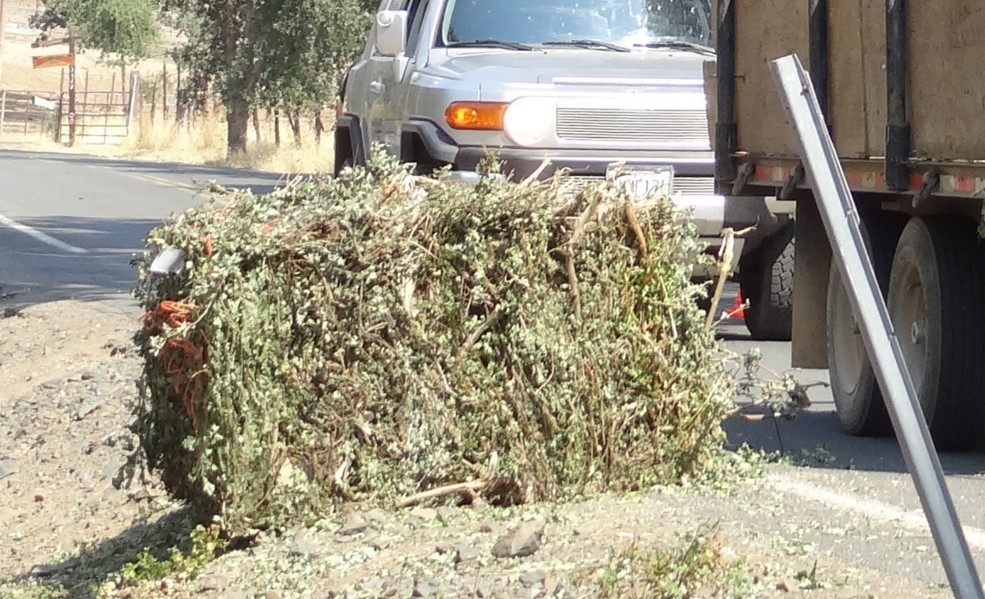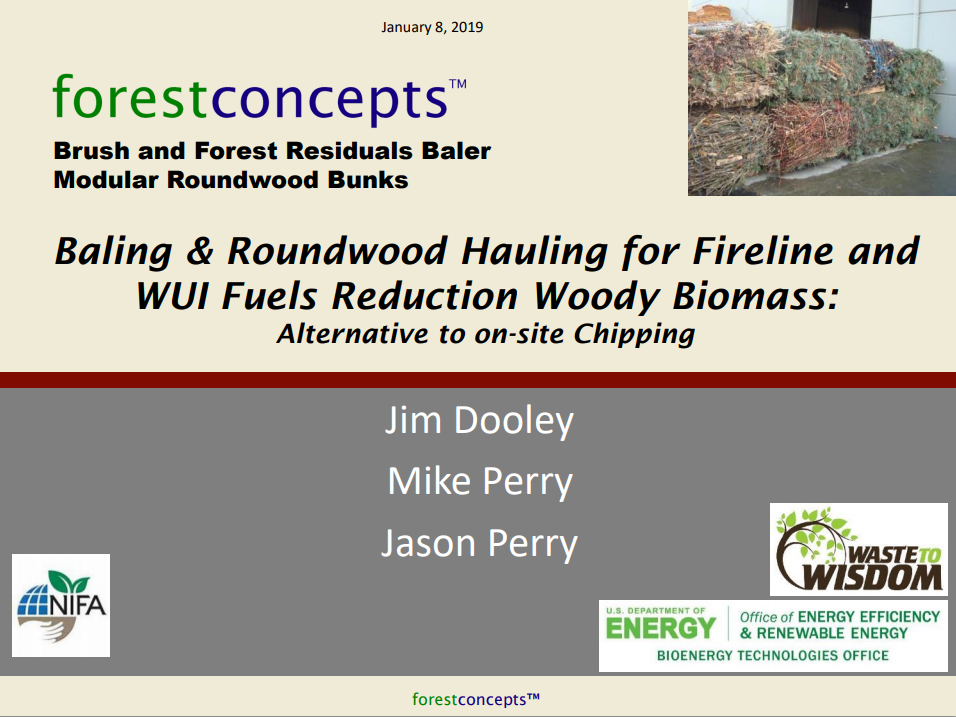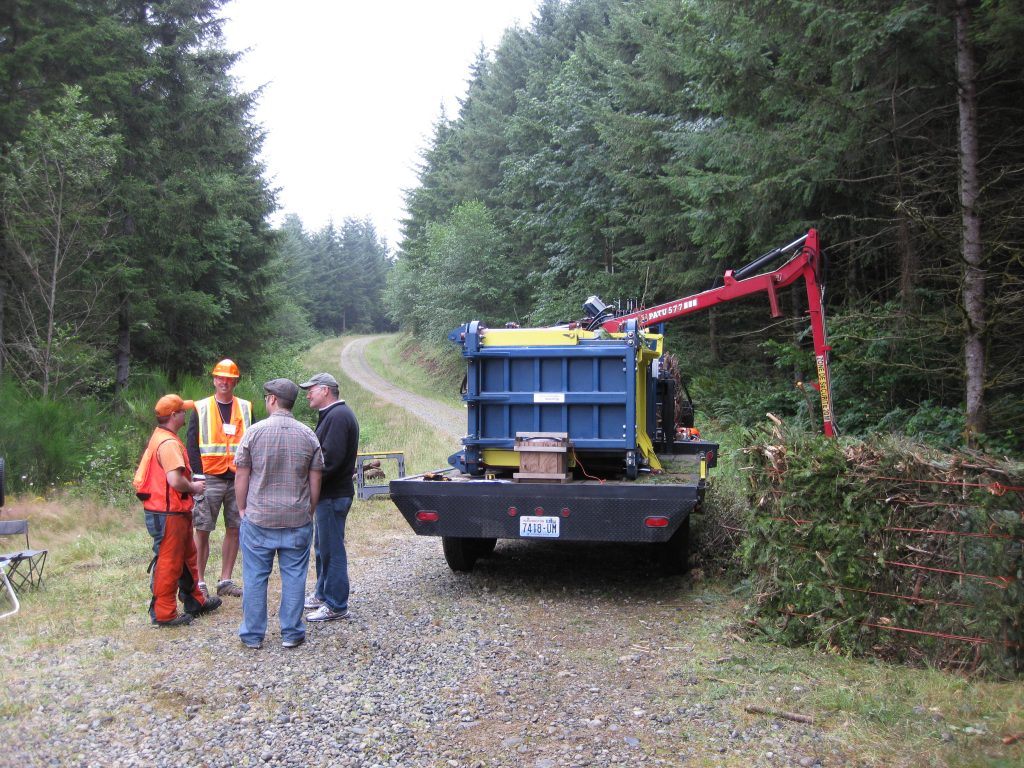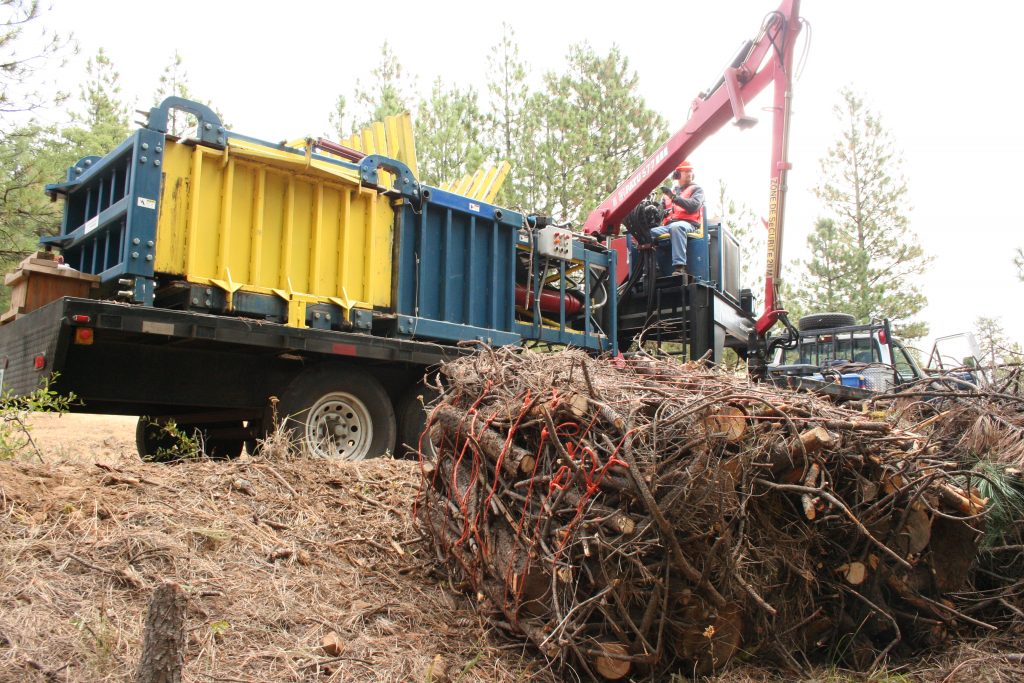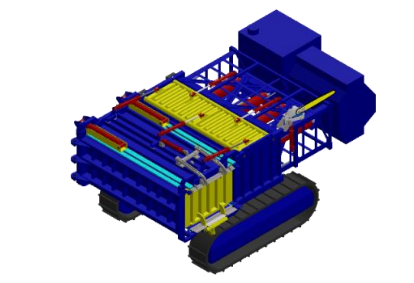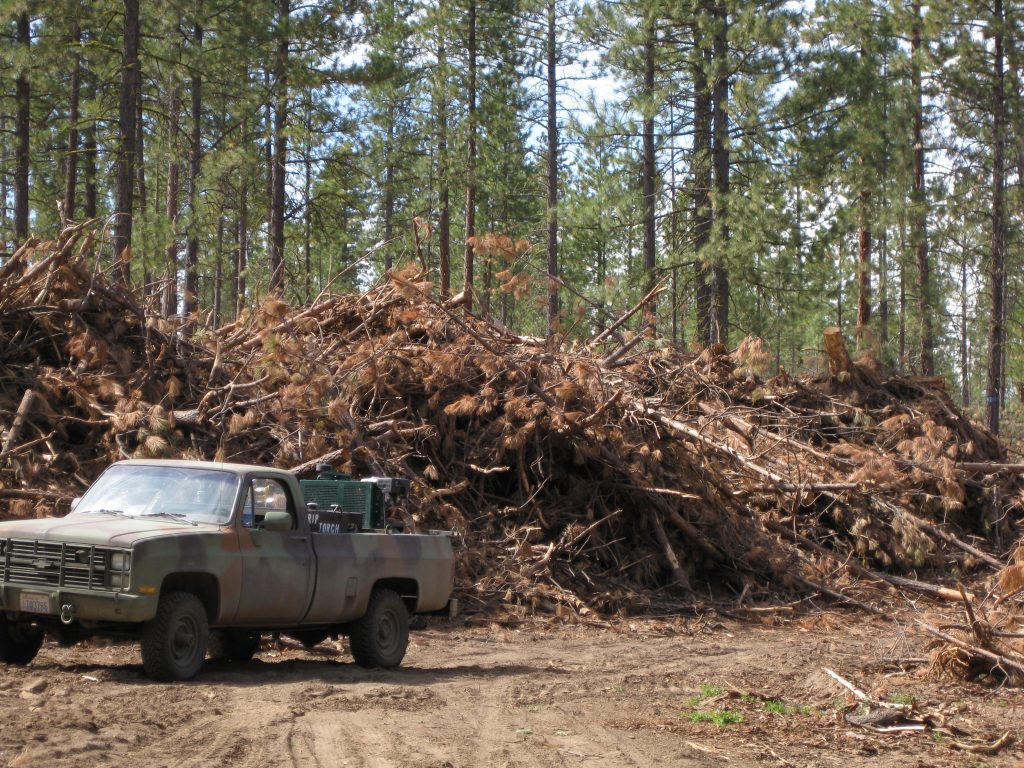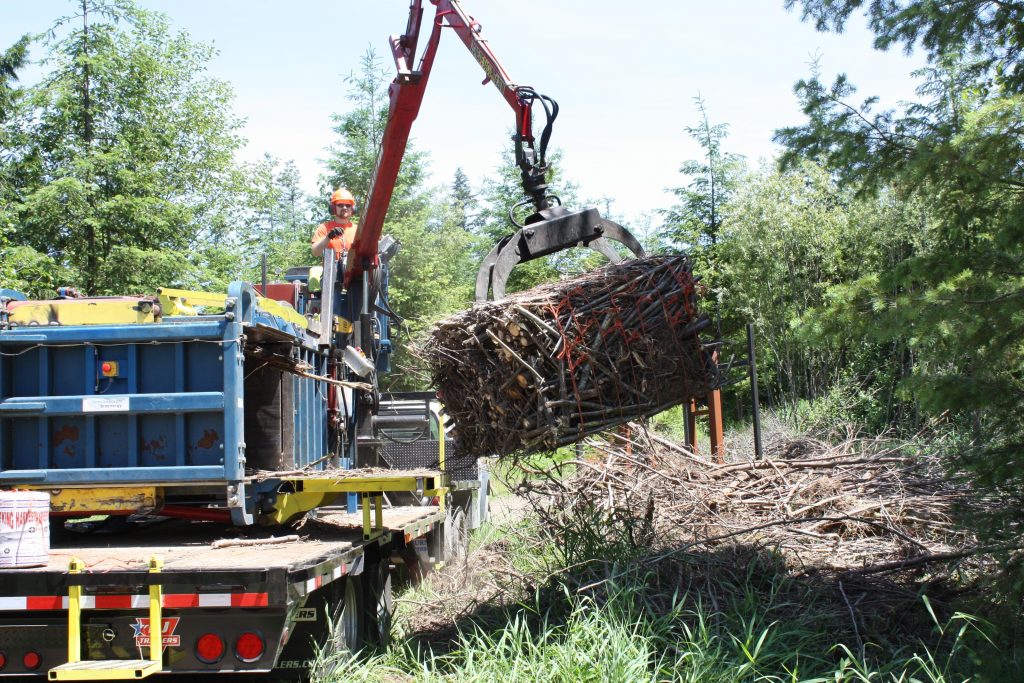PG&E Pilot Evaluates Chipped Versus Baled Debris
AUBURN, WASHINGTON, UNITED STATES, April 29, 2022 — The electric utility industry magazine T&D World published a story on their pilot trial of baling vegetation management debris as an alternative to chipping. Read the story in T&D World.
PG&E Pilot Evaluates Chipped Versus Baled Debris Read More »

